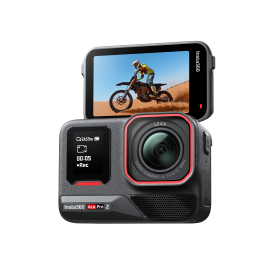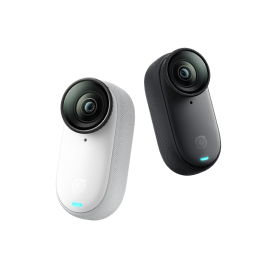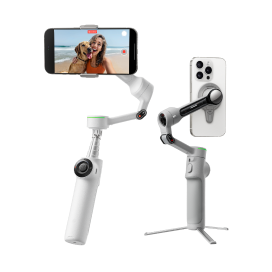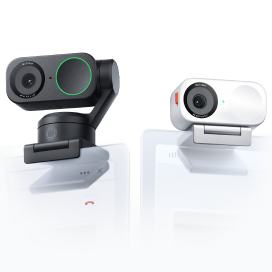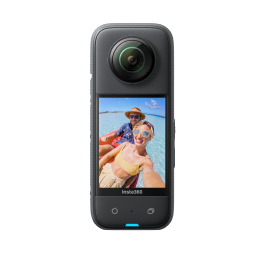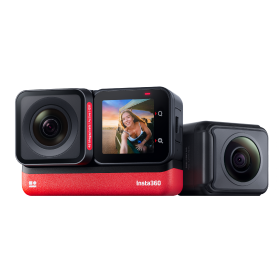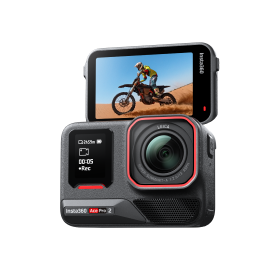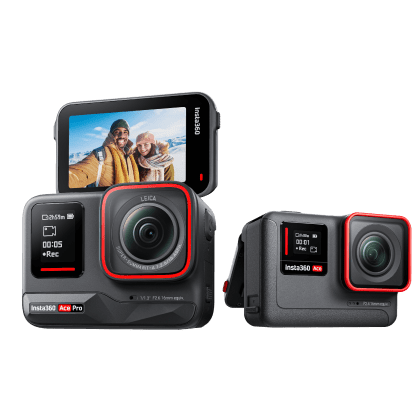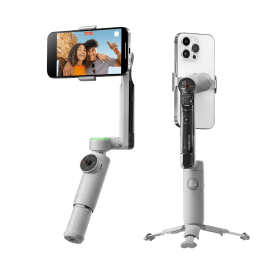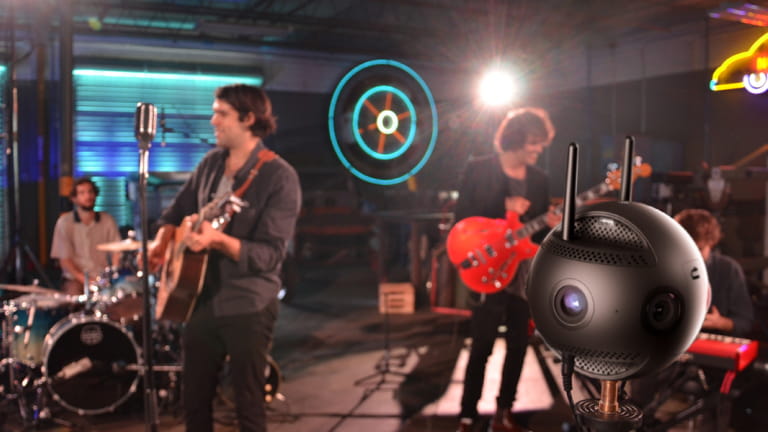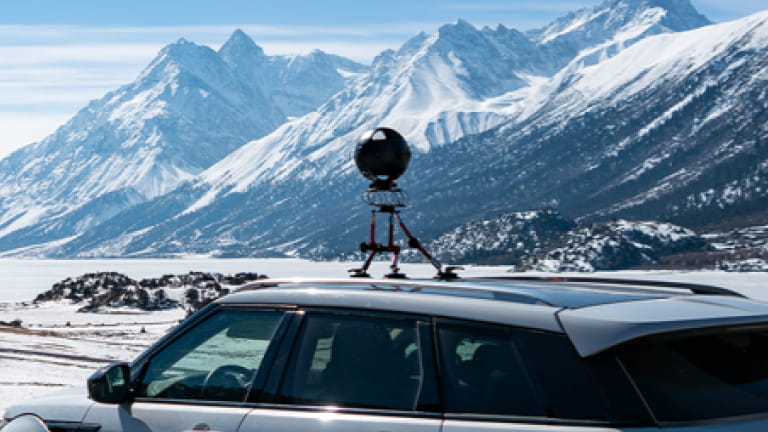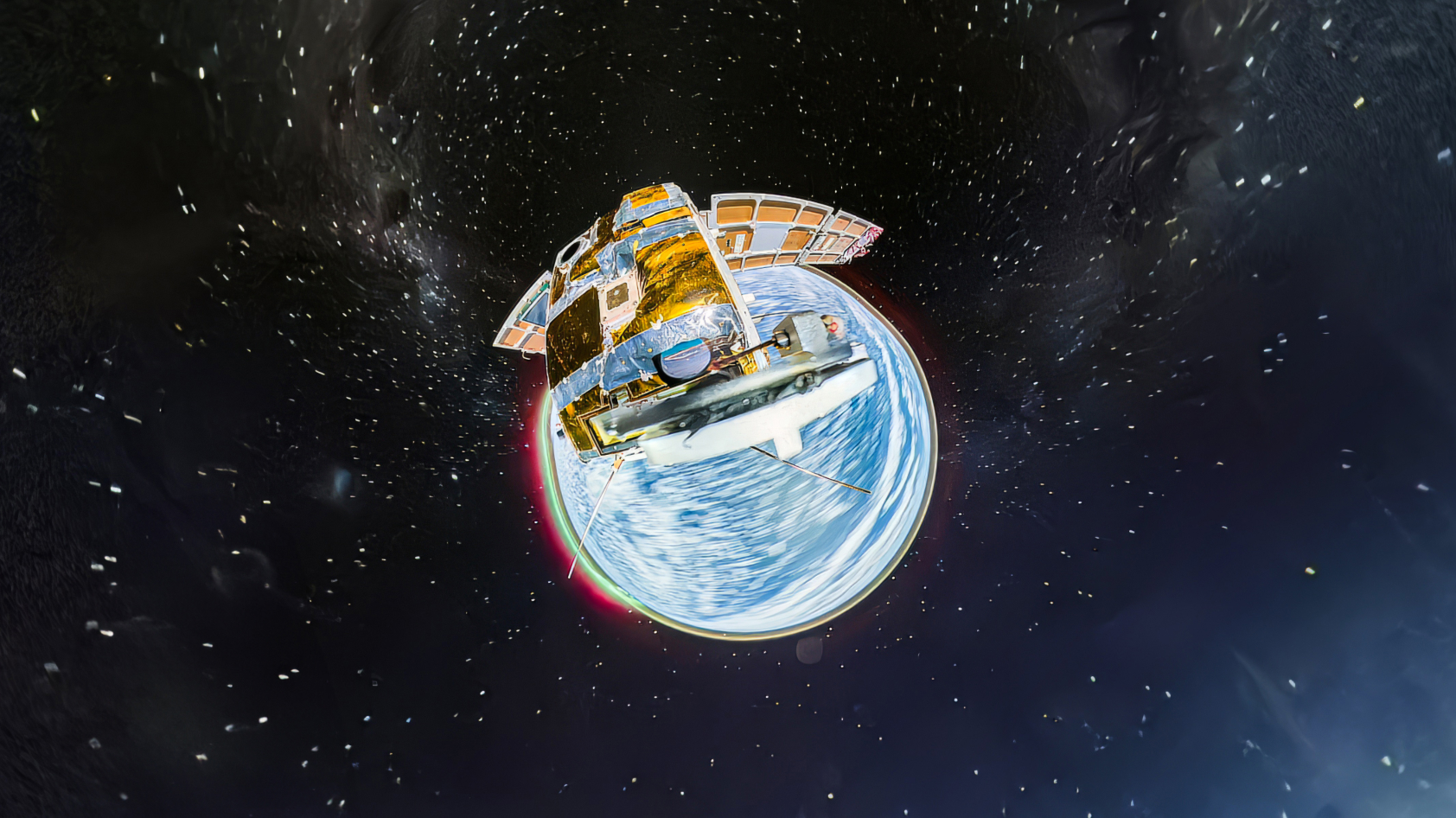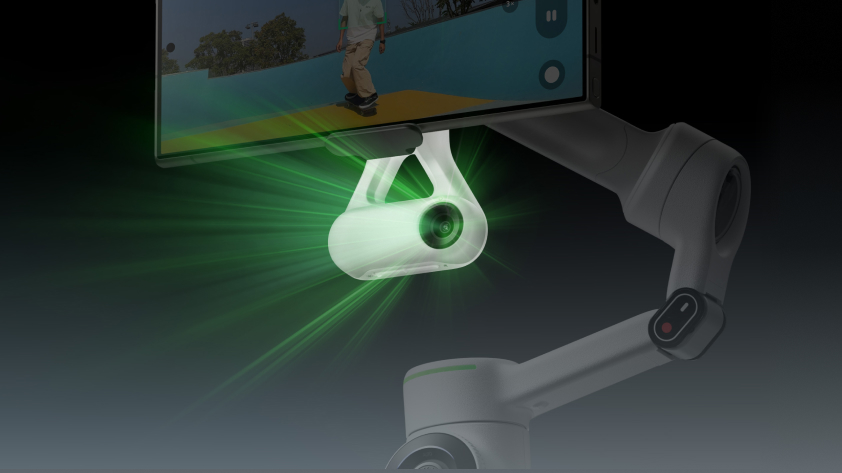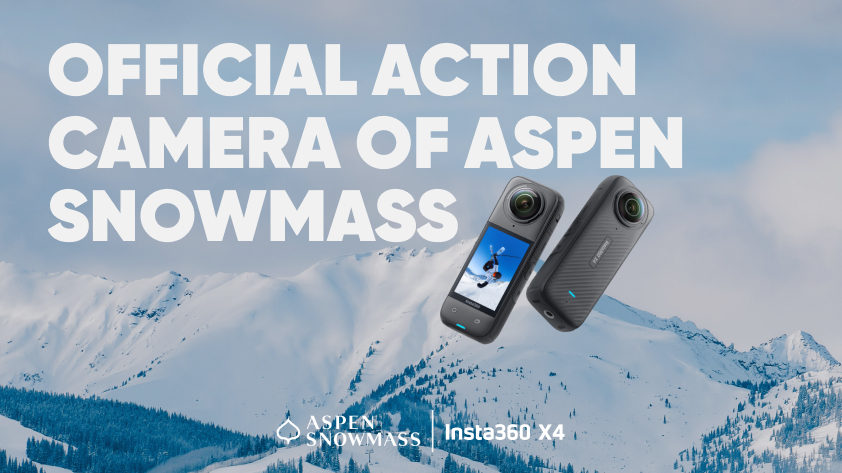On January 16th, 2023, Insta360 attached two Insta360 X2 cameras to a satellite and launched them 500km into outer space. Both are now orbiting the planet, capturing incredible 360 views of the stars, the Milky Way, and Earth. This is the first time ever a 360° action camera has reached space, an astronomical achievement for Insta360!
Take a look yourself with this breathtaking 360° VR of space, all shot on Insta360 X2.
Insta360 is no stranger to attaching its action cameras in unconventional ways. In 2022, falconry expert Paul Kilma mounted Insta360 RS to an eagle for a unique birds-eye view. This year, Karman Space attached Insta360 X3 to their Eclipse weather balloon and sent it 86,000ft (26km) into the stratosphere. This time, it was X2's turn to venture further into space.
Insta360 worked with Media Storm and SAR satellite company Spacety to make the dream a reality. The project began in July 2021—it took 12 months to modify the action cameras, including six months of R&D. The solar-powered satellite was initially scheduled to launch in 2022 but had to be postponed due to COVID-19. One year later, Insta360 X2 rocketed to new heights.
Extreme Environment
As the first fully exposed camera in space, it required a lot of preparation to get X2 ready for the harsh environment. The engineers identified three obstacles to overcome before sending the 360° action camera into space.
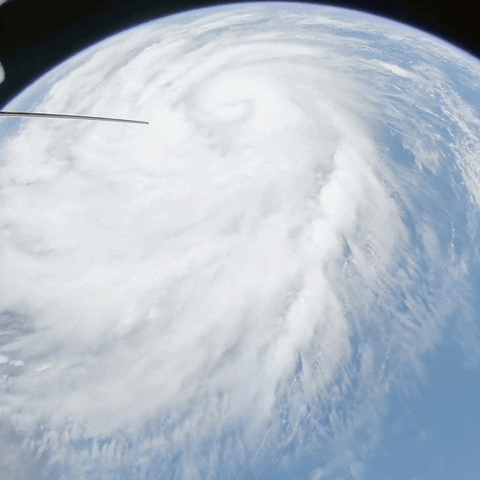
First, all of X2's materials must withstand extreme heat and cold. The satellite circles the globe every 90 minutes, shuttling between the tropics and poles at temperatures between -94°F and 122°F (-70°C and 50°C).
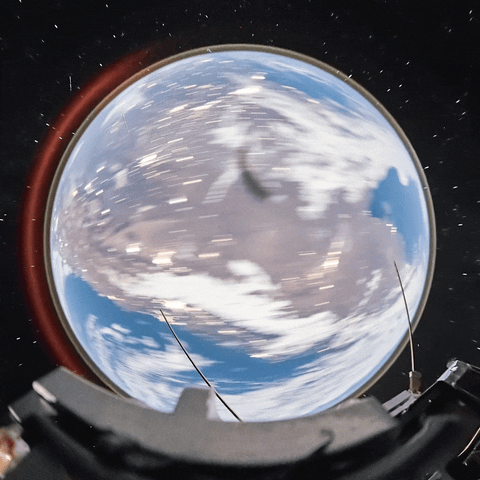
Second, it must be radiation resistant. Unlike here on Earth, the environment in space is entirely void of protection from the atmosphere. High-energy particles in space can quickly burn out electronic components, something practically impossible to guard against.
Finally, the camera needs a special shock and vibration-resistant design. The rocket launch is bumpy, but once in space, the camera will slowly rotate, constantly changing the angle and shooting position. Since no one will be up there to adjust the camera, it must resist serious impact. It's also important that the satellite structure does not cover the lenses so X2 can successfully shoot 360° footage with proper stitching.
Going Insta-Galactic
Insta360 X2 can handle action and then some, but it's safe to say it is not space-proof straight out of the box. Engineers had to modify the lens, motherboard, and more to ensure it survived the extreme climate.
Since the engineers could not physically go to space, they had to simulate conditions similar to, and even more extreme than, space. They conducted thousands of tests, including high and low-temperature boxes, vacuum simulations, and radiation testing. Initially, they found the system would crash in extremely low-temperature environments and spent one month resolving this issue.
Engineers also realized that radiation might affect the glue used to seal X2, and the vacuum environment could cause the camera's lens to lose pressure, resulting in poor resolution and image quality. They modified the shell with 7000 series aviation-grade aluminum to ensure the strength of the camera's body. All the plastic materials and glue used on the camera underwent comprehensive testing, and the cameras were coated in a layer of gold foil to prevent radiation damage from high-energy particles.
They determined the best angle and all possible outcomes with a 1:1 model of the satellite. With that, X2 was ready to leap into outer space. Go behind the scenes to meet the incredible engineers, learn how they overcame obstacles and see some incredible 360º shots of our planet, Earth.
Ground Control to X2
The project runs on hard work, but a fair bit of luck, too. Space can be unpredictable, and there is no backup hardware or software if the camera runs into any issues. Luckily, both cameras and their sensors are still fully functioning and offer an incredible look at outer space.
Spacety provides a communication network to retrieve the footage. The camera and satellite are connected using a USB Ethernet port for transmission, which was specially adapted for X2.
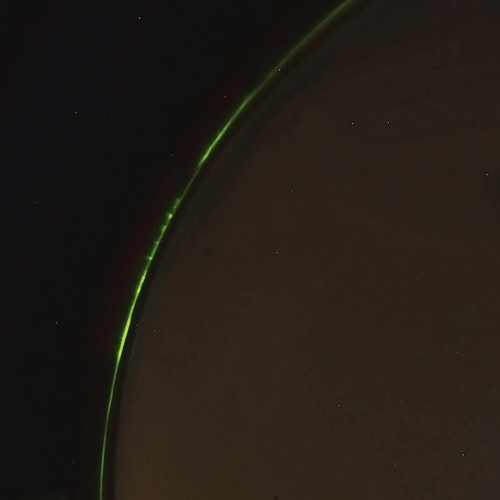
The Future
Displaying messages from fans and employees, Insta360 X2 continues its mission around Earth. The satellite is programmed to run for two years, then automatically leave the orbit where it will be burned in space.
Despite obstacles, the project truly encapsulates what it means to 'Think bold' and has only fueled Insta360's desire to develop products that endure extreme conditions. This is only the start of how far Insta360 can push the limits!
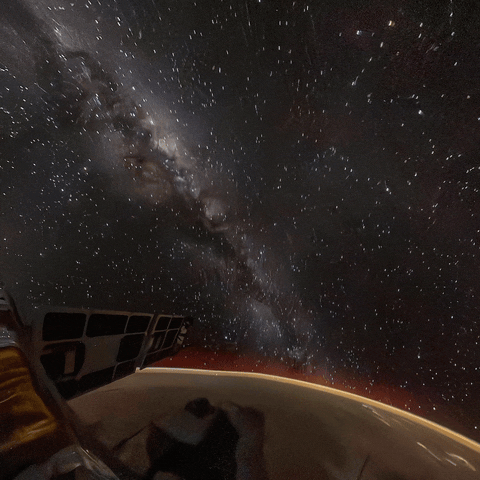
Got a wild idea? Apply for the Insta360 Think Bold Fund to see how we can help bring it to life.
Keen to keep up to date on Insta360 stories? Keep an eye on our blog and sign up for our mailing list. You can also contact our Enterprise team directly to see how 360 cameras can benefit your business.

